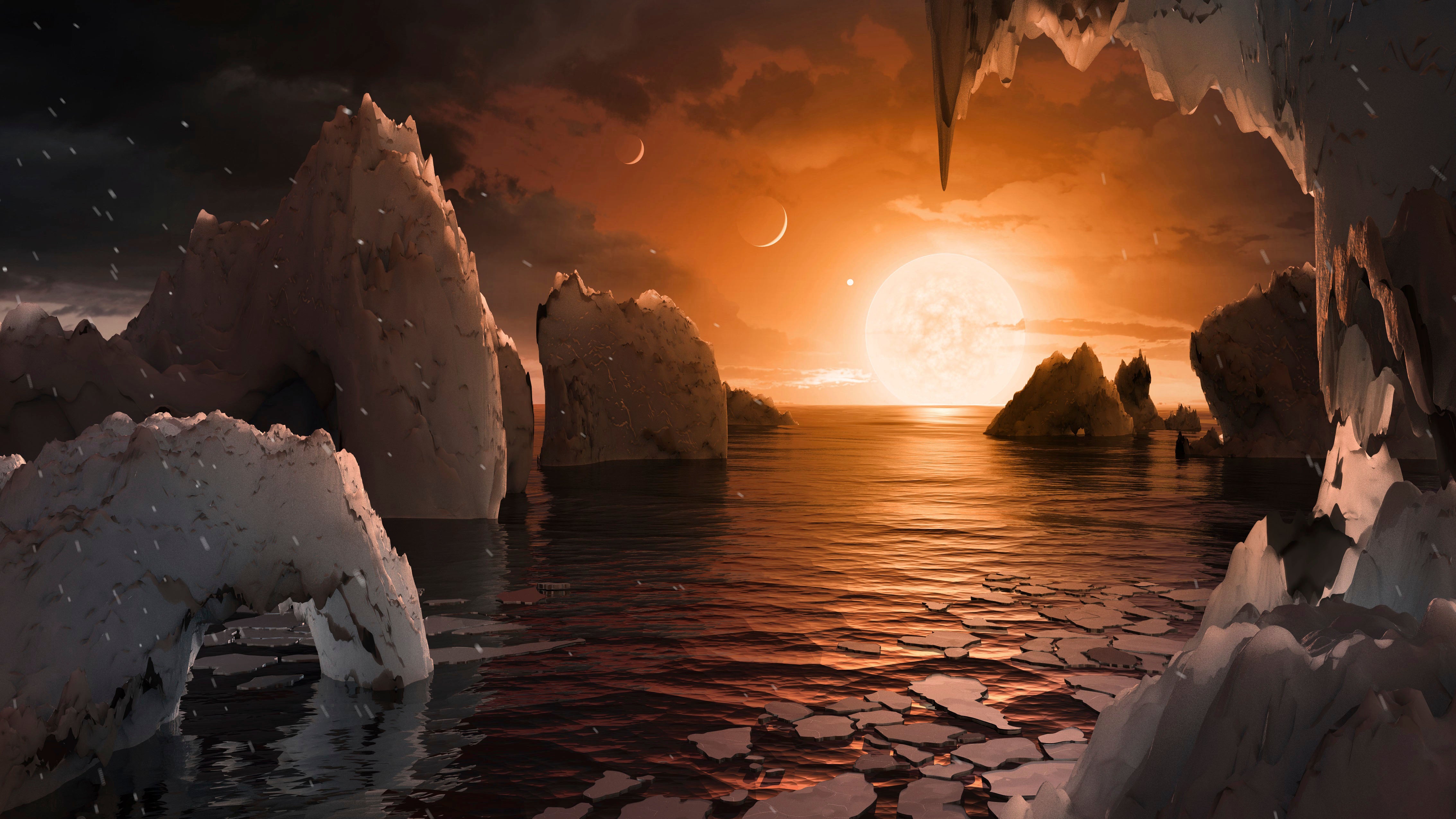No atmosphere found at faraway Earth-sized world, study says
The Webb Space Telescope has found no evidence of an atmosphere at one of the seven rocky, Earth-sized planets orbiting a nearby star

Your support helps us to tell the story
From reproductive rights to climate change to Big Tech, The Independent is on the ground when the story is developing. Whether it's investigating the financials of Elon Musk's pro-Trump PAC or producing our latest documentary, 'The A Word', which shines a light on the American women fighting for reproductive rights, we know how important it is to parse out the facts from the messaging.
At such a critical moment in US history, we need reporters on the ground. Your donation allows us to keep sending journalists to speak to both sides of the story.
The Independent is trusted by Americans across the entire political spectrum. And unlike many other quality news outlets, we choose not to lock Americans out of our reporting and analysis with paywalls. We believe quality journalism should be available to everyone, paid for by those who can afford it.
Your support makes all the difference.The Webb Space Telescope has found no evidence of an atmosphere at one of the seven rocky, Earth-sized planets orbiting a nearby star.
Scientists said Monday that doesn’t bode well for the rest of the planets in this solar system, some of which are in the sweet spot for harboring water and potentially life.
The NASA-led team reported little if no atmosphere exists at the innermost planet in the Trappist system, 40 light-years away. The researchers used a special technique geared toward a warm planet like this one. Results were published Monday in the journal Nature.
The lack of an atmosphere would mean no water and no protection from cosmic rays, said NASA's Thomas Greene, the lead researcher.
As for the other planets orbiting the small, feeble Trappist star, “I would have been more optimistic about the others” having atmospheres if this one had, Greene said in an email.
Because this innermost planet is bombarded by solar radiation — four times as much as Earth gets from our sun — it's possible that extra energy is why there's no atmosphere, Greene noted.
More observations are planned not only of this planet, but the others in the Trappist system.
___ The Associated Press Health and Science Department receives support from the Howard Hughes Medical Institute’s Science and Educational Media Group. The AP is solely responsible for all content.